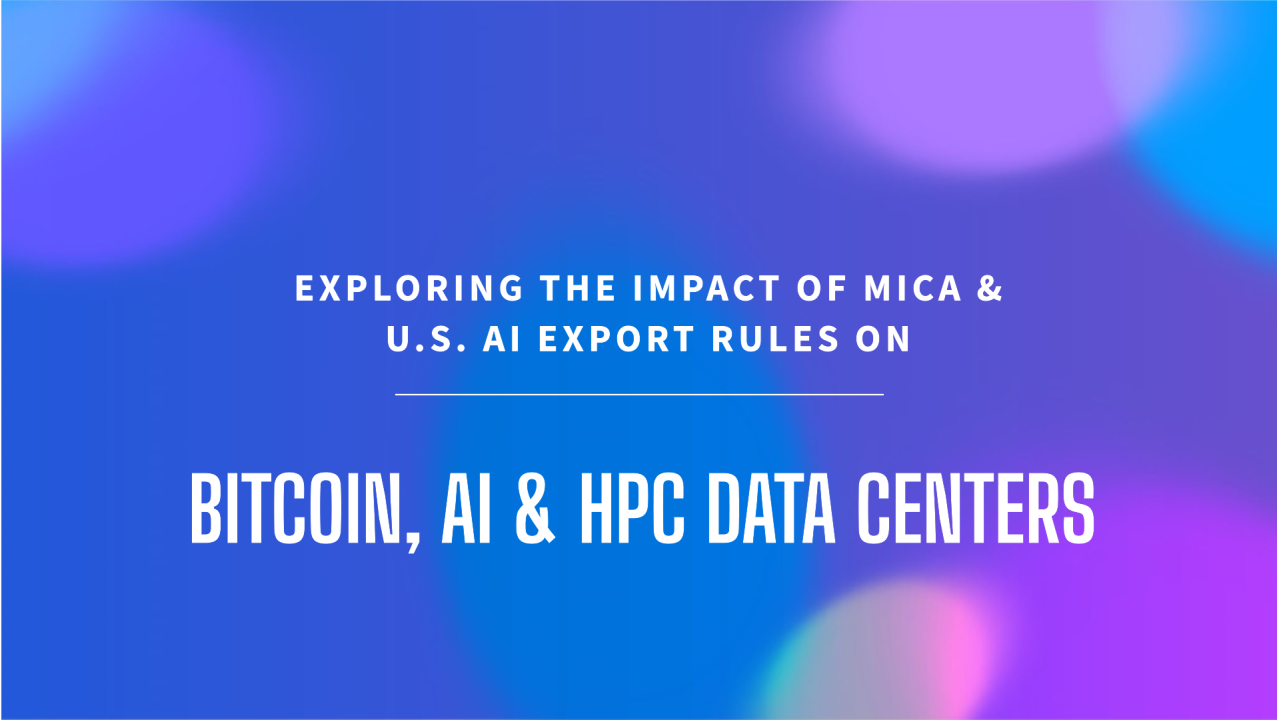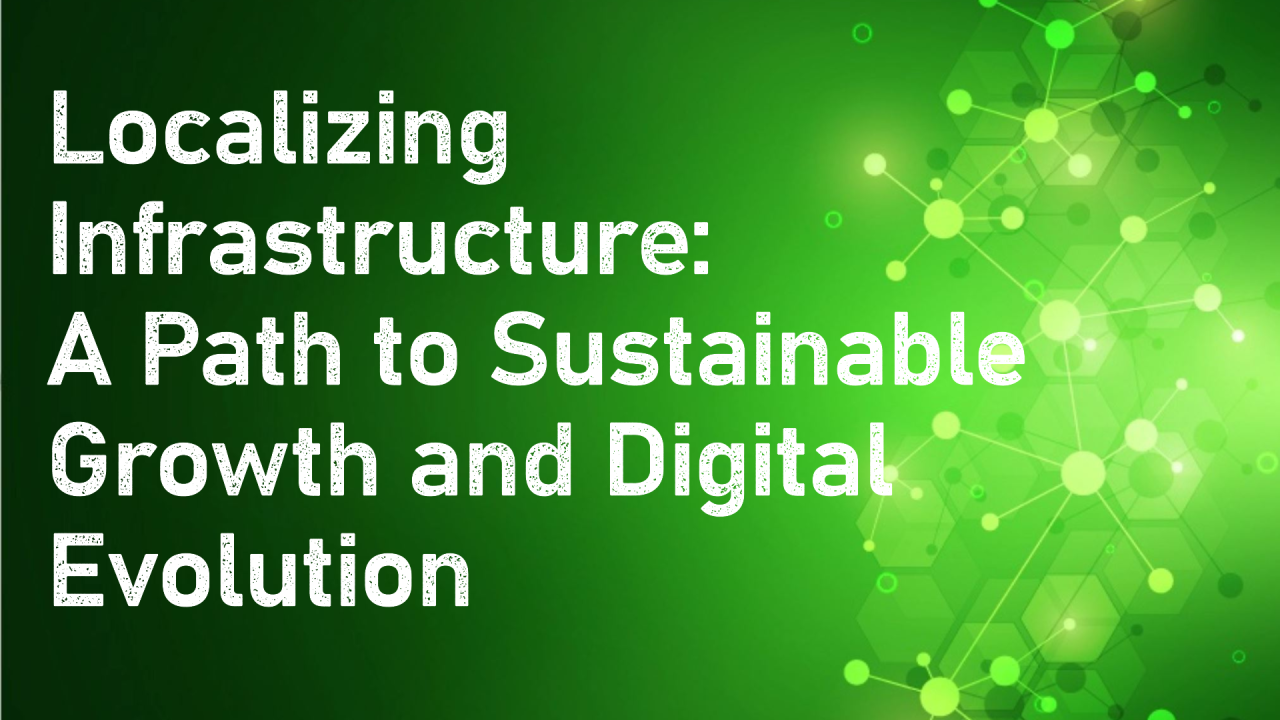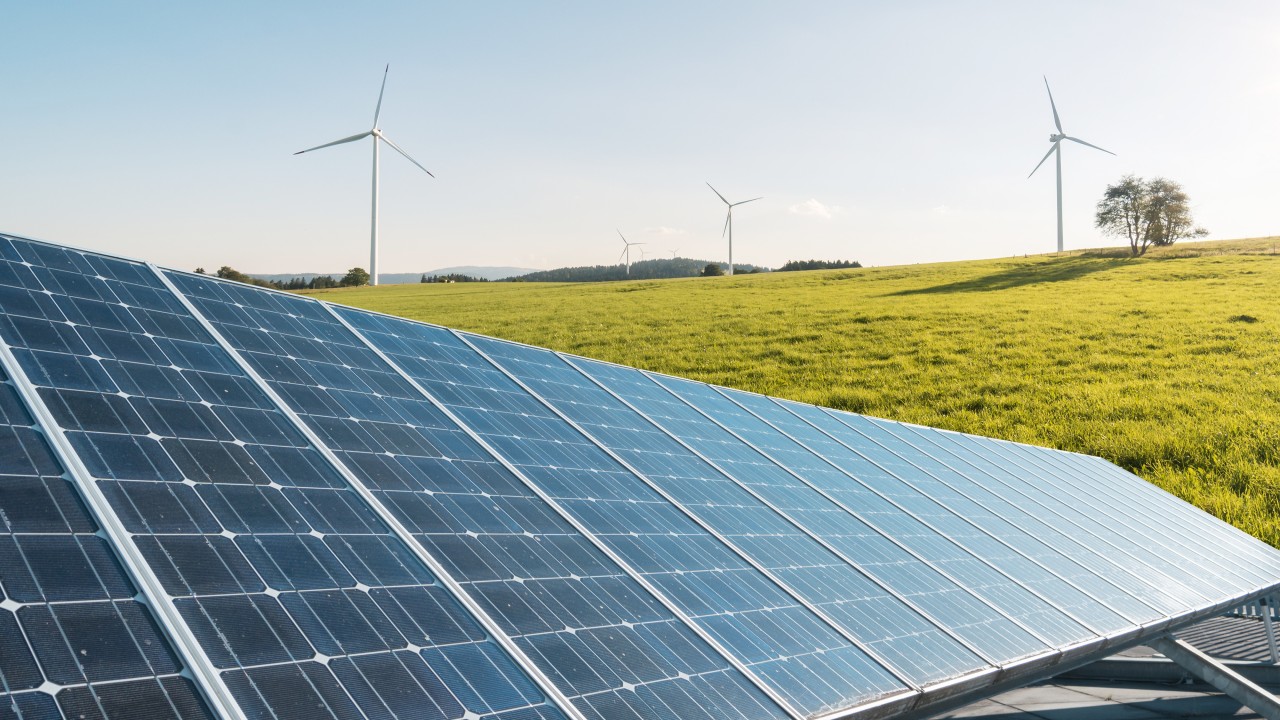Agrivoltaics, agrophotovoltaics, agrisolar, or dual-use solar is the simultaneous use of areas of land for both solar photovoltaic power generation and agriculture. Agrivoltaics is the practice of combining solar panel installations with agricultural activities, such as farming or ranching. Agrivoltaic systems are designed to provide both clean electricity and a supportive environment for crops or livestock.
There are several benefits to combining solar panel installations with agriculture. Solar panels can provide shade for crops or livestock, which can improve their health and productivity. In addition, the panels can protect crops from extreme weather events and reduce the need for irrigation. Solar panels can also generate electricity that can be used to power farm equipment or irrigation systems.
Agrivoltaic systems can be an effective way to make use of otherwise underutilized land, such as land that is not suitable for farming or that is located near power transmission lines. They can also help to reduce the environmental impact of both agriculture and solar energy production, as they can reduce the need for fossil fuels and decrease greenhouse gas emissions.
However, it is important to carefully consider the potential impacts of agrivoltaic systems on the local environment and on the health and productivity of crops and livestock. Proper planning and design are key to ensuring that agrivoltaic systems are successful and sustainable.
How does all this tie into crypto mining? Agrivoltaics, the integration of solar panel systems with agricultural land, can be a powerful solution for crypto mining operations. By combining clean energy production with agriculture, agrivoltaics can help reduce costs, promote sustainability, and gain public acceptance for crypto mining.
One of the most significant benefits of agrivoltaics for crypto mining is the ability to generate electricity from the sun. This can help reduce electricity costs, which are a significant expense for crypto mining operations. Additionally, using solar power for crypto mining can help reduce the environmental impact of these operations, which are often viewed as energy-intensive and damaging to the planet.










